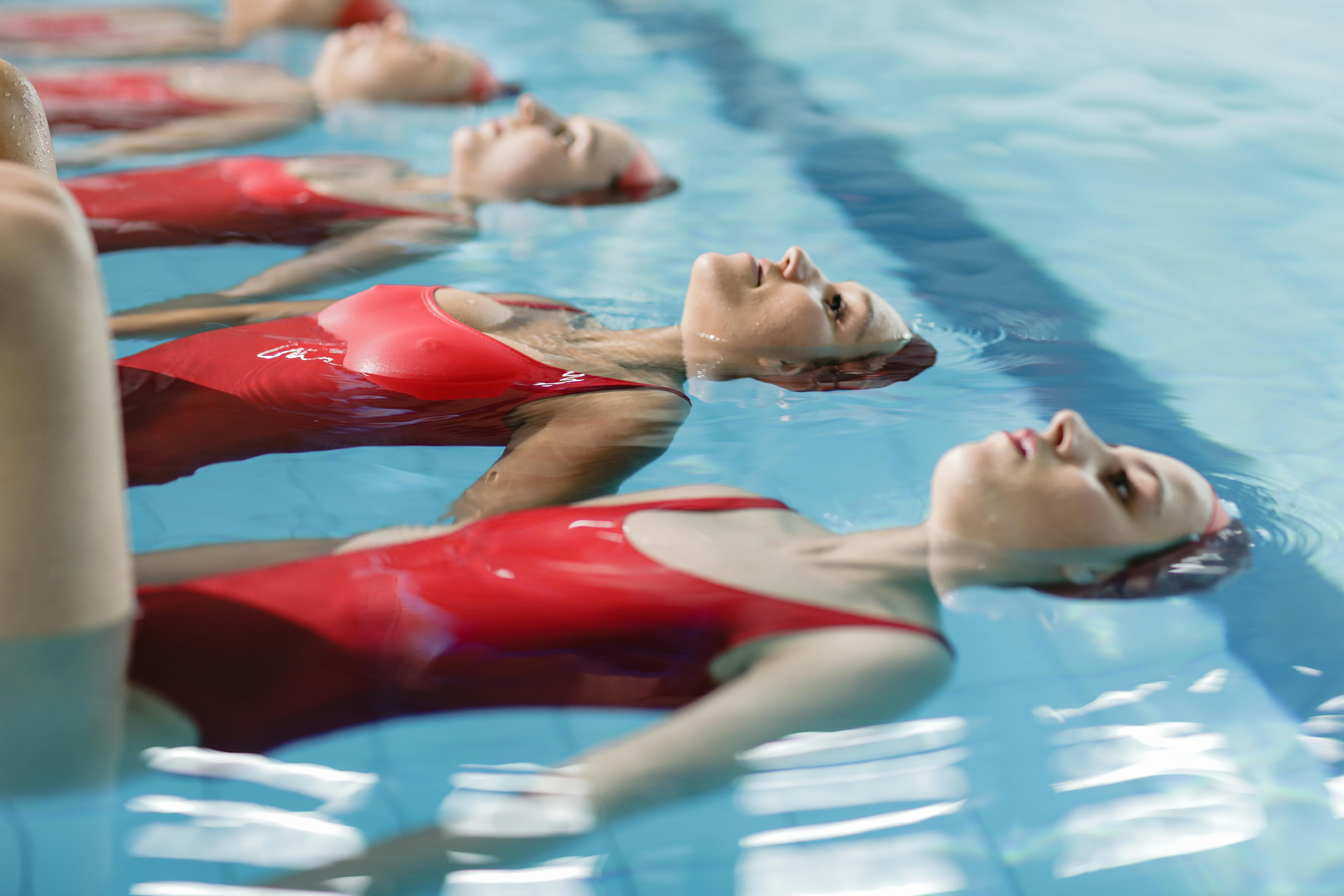The Intricate Dance of Synchronized Swimming: A Sport of Strength, Grace, and Artistry
Synchronized swimming, a mesmerizing spectacle of power and elegance, captivating audiences with the athletes' ability to execute intricate maneuvers with precision, strength, and artistry. This sport is a fusion of multiple disciplines—swimming, gymnastics, and dance—requiring an unrivaled level of fitness, flexibility, and coordination.

Synchronized Swimming: The Early Days
Before the glamour and sophistication synonymous with synchronized swimming today, it started as a simple water ballet - a leisurely activity for women. Annette Kellerman, an Australian professional swimmer, was one of the early pioneers popularizing the art form during the early 20th century.
It wasn’t until the 1934 Chicago World’s Fair that the term ‘synchronized swimming’ was coined, showcasing a performance by Katharine Curtis, who used it to describe her water ballet show. The sport gained more recognition in the 1952 Helsinki Olympics, where it was introduced as a demonstration sport. It was officially included in the Olympic program in the 1984 Los Angeles Games.
Current Trends and Insights
Synchronized swimming has evolved tremendously over the years, with the sport becoming more complex and demanding. The level of difficulty and creativity in routines has increased, pushing athletes to their physical and mental limits.
One of the recent trends is the incorporation of innovative moves from other sports disciplines like gymnastics and acrobatics. This cross-pollination has amplified the visual appeal and the athletic demands of synchronized swimming.
The sport has also witnessed a shift towards gender inclusivity. Traditionally a female-dominated sport, synchronized swimming is seeing more male participation, breaking gender stereotypes and enriching the sport with diverse perspectives and performances.
The Athletic Demands and Real-World Applications
Synchronized swimming is not just about aesthetics; it is an intense sport requiring exceptional stamina, strength, flexibility, and coordination. Swimmers must be able to hold their breath for extended periods, perform complex maneuvers, and maintain precise timing—all while appearing effortless and graceful.
The rigorous training and discipline required in synchronized swimming have real-world applications. It instills qualities like teamwork, resilience, and dedication, which are valuable life skills.
The Science Behind Synchronized Swimming
The beauty of synchronized swimming is underpinned by rigorous scientific principles. The buoyancy and resistance of water demand precise body control. Swimmers must counteract the natural tendency of the body to float to execute underwater moves.
Moreover, the synchronization aspect of the sport is a complex cognitive task. Swimmers need to maintain spatial awareness, align their movements with their team, and keep time to the music—all while performing physically demanding maneuvers.
The Future of Synchronized Swimming
The future of synchronized swimming is promising. It continues to evolve, incorporating new elements and pushing the boundaries of athletic performance. The inclusion of mixed duets in international competitions is a positive stride towards gender inclusivity.
Synchronized swimming is more than a sport; it’s a testament to human strength, creativity, and the ability to work in harmony. It represents the perfect balance of athleticism and artistry, making it a captivating spectacle that continues to enchant audiences worldwide.
In conclusion, synchronized swimming is a dynamic and evolving discipline, an intriguing blend of power, grace, and precision. As we dive deeper into the world of this unique sport, it’s clear that it’s much more than what meets the eye. It’s a dance, a performance, and a testament to human strength and creativity. And it’s a sport that we should all be watching closely, as it continues to evolve and push the boundaries of what’s possible in the world of athletic performance.




